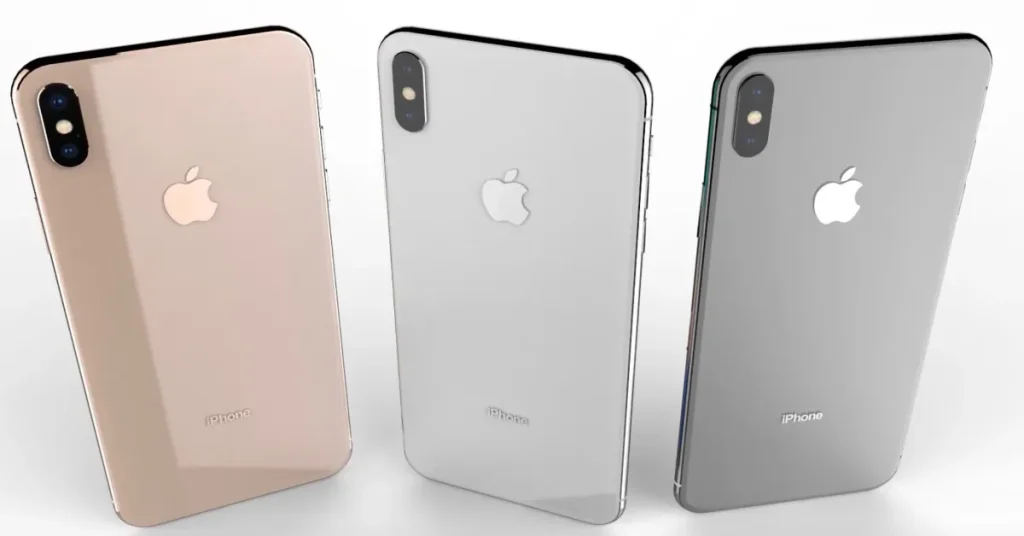The iPhone X, released in November 2017, marked a significant departure from Apple’s previous design and technology strategies. Celebrated for its innovative features and sleek design, it set new standards in the smartphone industry. In this article, we’ll explore the groundbreaking aspects of the iPhone X, from its design to its performance, and how it paved the way for future iPhone models.
Introduction
When Apple introduced the iPhone X, it was not just another upgrade; it was a redefinition of what a smartphone could be. Celebrating the 10th anniversary of the iPhone, Apple delivered a device that combined aesthetics with cutting-edge technology, setting a new benchmark for its competitors.
Design: A New Era of Elegance
Edge-to-Edge Display
The most striking feature of the iPhone X was its 5.8-inch Super Retina OLED display, which extended from edge to edge. This marked the end of the physical home button and introduced a stunning, full-screen experience. The display offered true-to-life colors and deep blacks, enhancing the visual appeal of everything from photos to videos.
Premium Materials
The iPhone X was crafted from surgical-grade stainless steel and glass, offering both durability and a premium feel. The glass back not only facilitated wireless charging but also gave the phone a sleek, reflective finish.
Face ID: The Future of Security
Replacing Touch ID, the iPhone X introduced Face ID, a facial recognition system that was both secure and convenient. Using the TrueDepth camera system, Face ID could accurately map and recognize a user’s face, providing a new level of security and ease of unlocking the device.
Performance: Power and Efficiency
A11 Bionic Chip
At the heart of the iPhone X was the A11 Bionic chip, featuring a six-core processor that combined two high-performance cores with four high-efficiency cores. This allowed for seamless multitasking and high-speed performance, making the device capable of handling demanding applications and games.
iOS 11
The iPhone X shipped with iOS 11, which introduced a variety of new features and improvements. The revamped Control Center, enhanced notifications, and augmented reality (AR) capabilities were among the standout features, providing a more intuitive and powerful user experience.
Camera Innovations
Dual-Lens System
The iPhone X featured a dual-lens camera system on the back, combining a 12-megapixel wide-angle and telephoto lens. This setup allowed for better low-light performance, optical image stabilization on both lenses, and improved portrait photography with a more pronounced bokeh effect.
Portrait Lighting
The introduction of Portrait Lighting allowed users to apply studio-quality lighting effects to their photos. This feature enhanced the depth and texture of portraits, making them look more professional and polished.
Battery Life and Charging
Wireless Charging
For the first time in iPhone history, the iPhone X supported wireless charging. This convenience was made possible by the glass back and allowed users to charge their phones by simply placing them on a Qi-compatible charging pad.
Battery Life
The iPhone X offered all-day battery life, with Apple claiming up to 21 hours of talk time or up to 13 hours of internet use. This was a significant improvement over previous models, thanks to the efficient A11 Bionic chip and optimized battery performance.
Impact and Legacy
The iPhone X was a game-changer in the smartphone industry, influencing the design and technology of future iPhone models. Its emphasis on a bezel-less display, facial recognition, and wireless charging set trends that would be adopted by many other devices.
Redefining Smartphone Standards
The iPhone X’s innovative features became benchmarks for the industry, pushing competitors to adopt similar technologies. The full-screen design, advanced camera system, and Face ID were all elements that shaped the future of smartphone development.
Setting the Stage for Future Innovations
Apple’s iPhone X set the stage for future advancements, including the iPhone XS, XR, and the latest models, which continued to build upon the foundation laid by the iPhone X. Its legacy is evident in the continued emphasis on high-quality displays, advanced security features, and powerful performance.
Conclusion
The iPhone X was more than just a new addition to Apple’s lineup; it was a transformative device that reshaped the smartphone landscape. Its revolutionary design, advanced features, and impact on future models cement its place as a landmark product in Apple’s history. As we look back at the iPhone X, it’s clear that it was a bold step into the future, setting new standards and inspiring innovation in the tech world.

